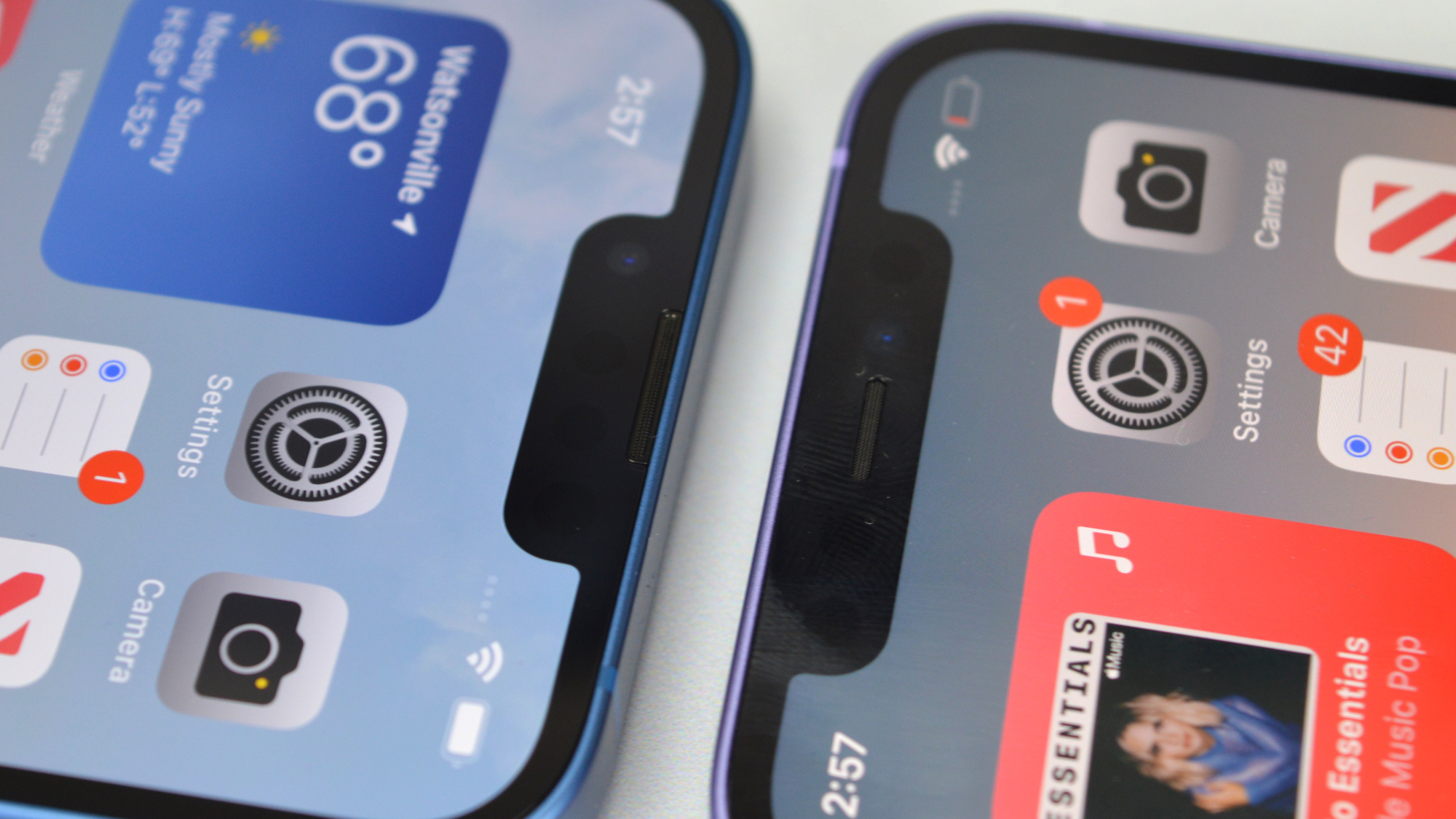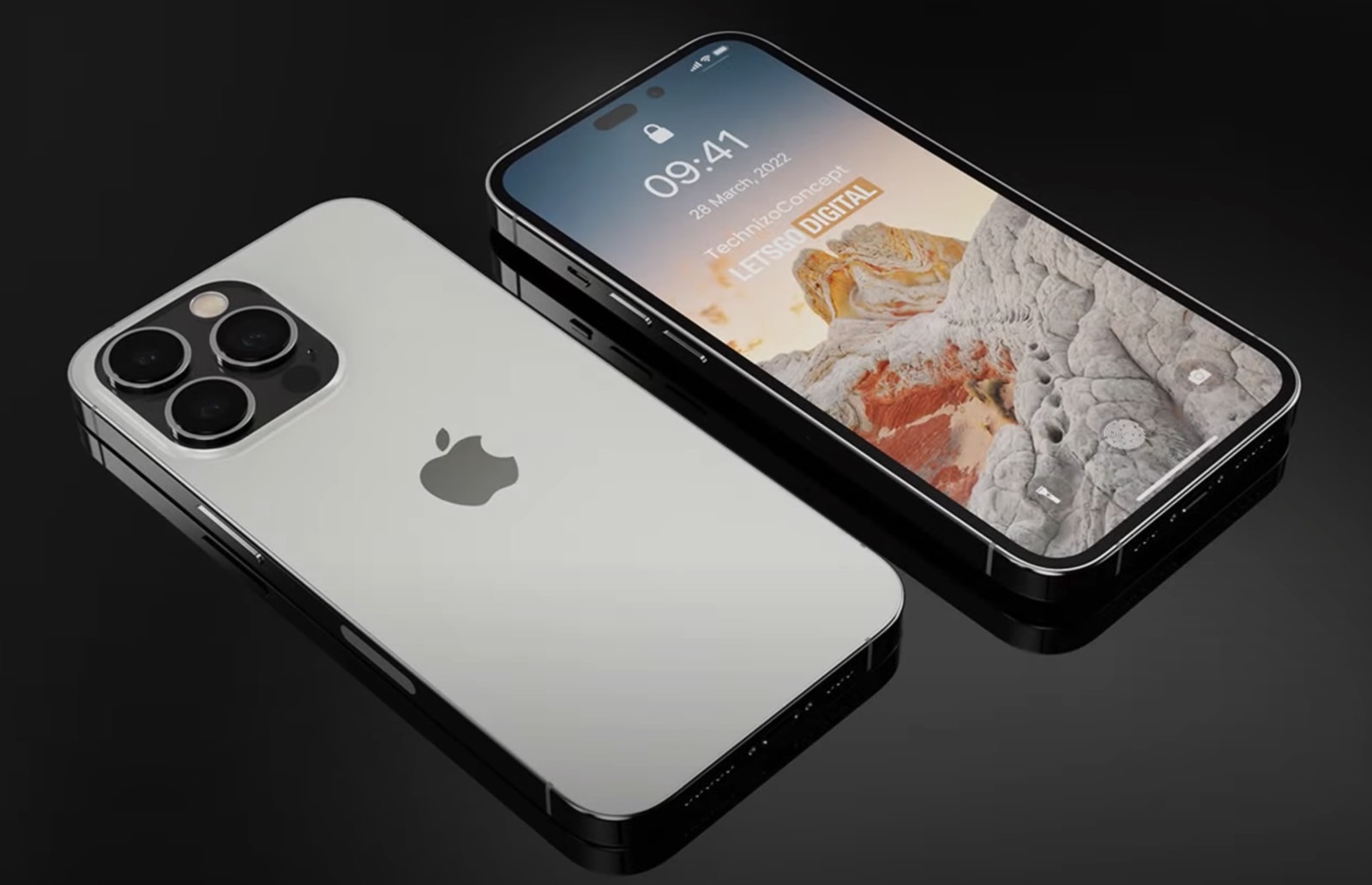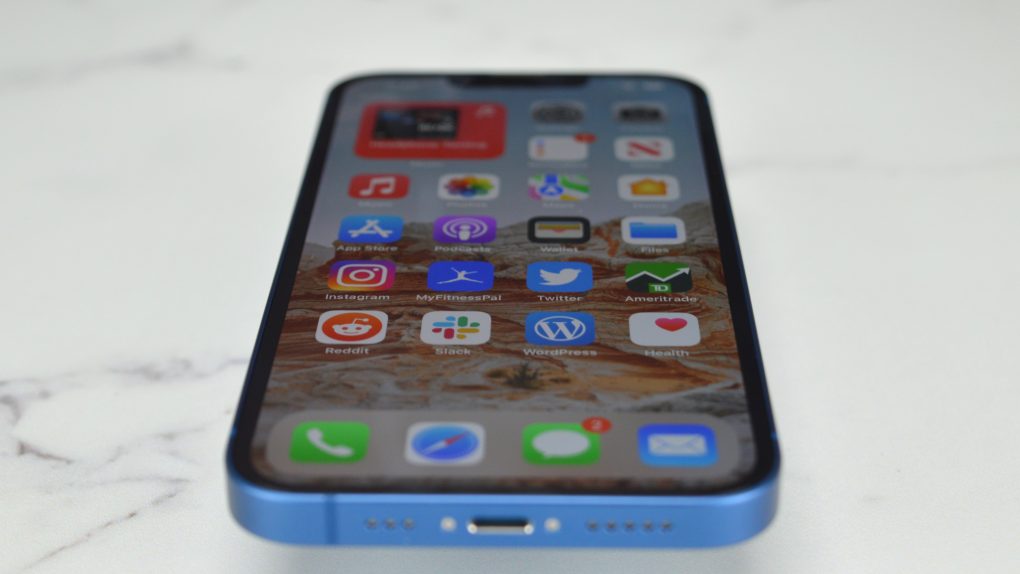The iPhone 14 will be the first since 2017 to deliver two distinct designs in September. Rumors say the iPhone 14 Pro versions will receive a dual-hole cutout to replace the notch, while the cheaper iPhone 14 models will stick with the same OLED displays as the current iPhone 13 models.
That’s not the only change that Apple is making to its iPhone displays this year, with a report from China indicating that local screen maker BOE has finally inked a supply deal for the iPhone.
The iPhone 14 and iPhone 14 Pro will feature OLED displays similar to their predecessors. We’re looking at OLED screens for all four models, coming in two sizes. The iPhone 14 and iPhone 14 Pro will have 6.1-inch OLED screens. The Max versions of these phones will feature 6.7-inch displays. But only the Pro and Pro Max models will support a 120Hz refresh rate (or ProMotion).
It took Apple a long while to get to a place where every new iPhone comes with OLED panels on board. The iPhone SE is the only exception, but every iPhone 14 display will be of the OLED variety.
A little OLED history
The iPhone X brought the first OLED panel to the iPhone, which played a significant role in the notch design the handset introduced. That was back in 2017 when Apple launched two different iPhone designs part of the same generation.
The iPhone 8 models featured the same design as the iPhone 7, although they rocked glass sandwich designs. But they featured LCD screens instead of OLED. Apple recycled the design for the iPhone SE 2 and iPhone SE 3.
The introduction of OLED panels allowed Apple to go for an all-screen design with minimal bezels. That’s because the OLED panel under the glass layer is flexible, so Apple folded the screen’s bottom inward. More importantly, the switch to OLED allowed Apple to improve the overall screen quality of the handset.
Samsung was the big winner of the iPhone OLED contract, with the panel being a costly upgrade for Apple.

The iPhone maker needed three more years to bring OLED tech to all iPhone models. It happened with the iPhone 12 series last year, which brought a major chassis redesign. But all four iPhones got OLED screens. Then, the iPhone 13 series introduced Apple’s first ProMotion screen for the iPhone. These were LTPO OLED panels that support dynamic refresh rates of up to 120Hz.
One of the reasons why Apple couldn’t upgrade all iPhones to OLED tech concerns supply. The panels are costly, and only Samsung could supply them. Rivals LG and BOE have been looking to win OLED panel orders from Apple for years. But they also needed time to match Samsung’s quality and meet Apple’s expectations.
Why the iPhone 14 display supplier matters
A few days ago, a report claimed that Apple will use LTPO panels from Samsung and LG for the iPhone 14 Pro and iPhone 14 Pro Max. Samsung will manufacture all iPhone 14 Pro Promotion screens. But it’ll share the Pro Max supply with LG. At the time, we told you this was a big win for Apple.
The more parts suppliers Apple has, the faster it can bring 120Hz refresh rate support to the cheaper iPhones. More supply would also help Apple ink better supply deals. Keeping manufacturing costs down could also prevent Apple from raising iPhone prices down the road.

With that in mind, the addition of BOE to the iPhone 14 display supply chain is also a big development. It means BOE’s OLED panels are finally meeting Apple’s quality expectations. A report from China indicates that the Chinese screen supplier inked a deal worth 50 million yuan ($7.63 million). BOE will reportedly provide up to 25% of the 6.1-inch OLED panels serving the iPhone 14.
BOE has supplied OLED panels for Apple for screen replacements in the past. But this is the first time it reportedly won a supply contract for a brand new iPhone.
It’s likely that Samsung and LG will supply the bulk of iPhone 14 and iPhone 14 Max OLED panel orders. However, the addition of BOE to the iPhone supply chain indicates that more screen makers are ready to meet Apple’s demands. These display wars should help Apple improve the iPhone screen experience in the future and upgrade iPads and Macs displays. Rumors do say that Apple wants to bring OLED screens to these devices in the future.
More iPhone coverage: For more iPhone news, visit our iPhone 14 guide.








